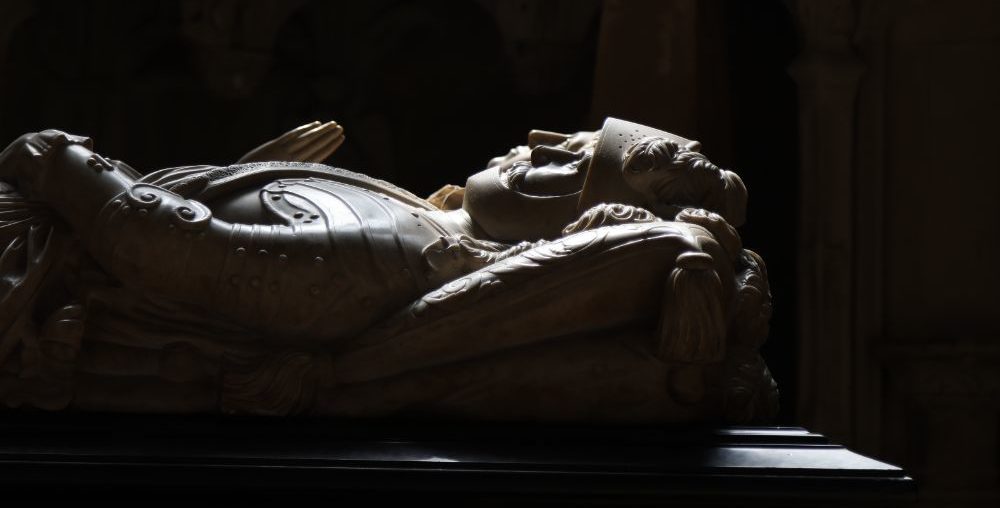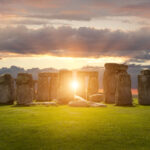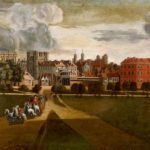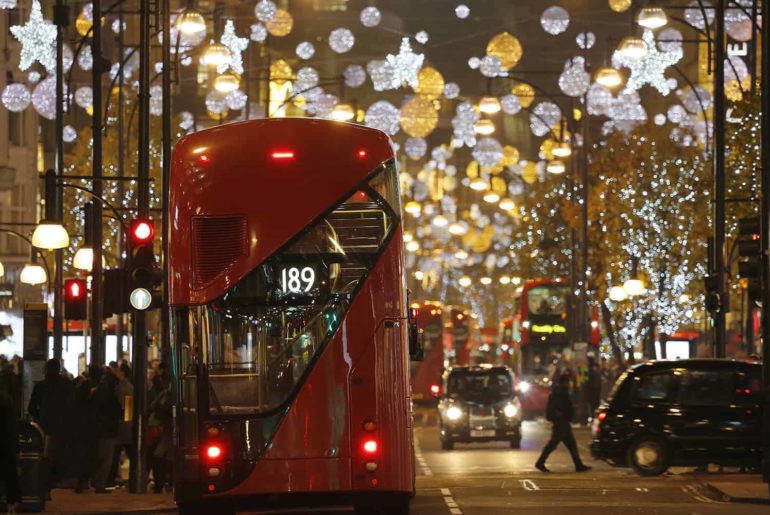Westminster Abbey received Queen Elizabeth II’s coffin and nearly a million people queued to pay their respects to the longest-reigning monarch – while many more people worldwide followed the historical events online.
More than 30 kings and queens are buried at Westminster Abbey like King Edward the Confessor, George II or Elizabeth I. But in total, there are more than 3,000 famous people who were buried or commemorated at the abbey, from artists to politicians and scientists. Some aren’t buried in the abbey but own a plate in honour of their achievements.
Before you visit it, let’s take a look at these personalities to give you an idea of who’s resting at Westminster Abbey and explore some interesting facts.
Kings and Queens
Edward the Confessor
If we’d want to understand the origins of Westminster Abbey, we’d have to go back a thousand years ago and mention what Edward the Confessor achieved. Between 1042 and 1052, he began rebuilding St Peter’s Abbey to provide himself with a royal burial church – the first one in a Romanesque style. At the end of 1065, Edward consecrated the building a week before he died. In 1066, he was replaced by the Conqueror as William I came from France to win the kingdom from Harold, the last Saxon king of England.
Interesting fact? Since the coronation of William the Conqueror in 1066, all coronations of English and British monarchs have occurred in Westminster Abbey, as well as 16 weddings!
Queen Elizabeth I
Let’s start with the Lady Chapel where some of the Queens of England are resting like Elizabeth I. Referred to as the Virgin Queen, she was Queen of England and Ireland from 1558 until she died in 1603. Daughter of Henry VIII and Anne Boleyn, Elizabeth I was the last of the five Tudor monarchs.
Did you know? Her father Henry VIII declared her to be illegitimate and she only returned to the line of succession under the king’s Third Succession Act in 1543.
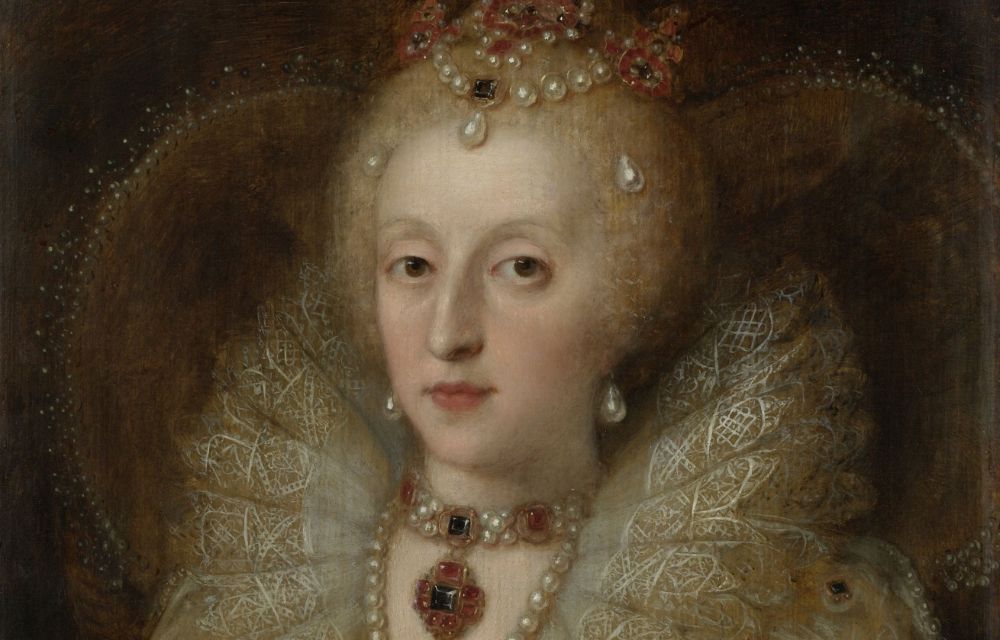
Mary, Queen of Scots
Another Queen buried at the Lady Chapel is Mary, Queen of Scots. Known as Mary Stuart or Mary I of Scotland, she was Queen of Scotland from 1542 until her forced abdication in 1567. Mary was six days old when her father died and she inherited the throne. Adult, she became the first woman to rule Scotland in her own right.
Did you know? She was married to the King of France who gave her the title of Queen Consort of France for a short time from 1559 to 1560.
Anne of Cleves
Originally from Germany, Anne of Cleves was Queen of England in 1540 as Henry VIII’s fourth wife. Henry married Anne because he needed to form a political alliance with her brother, William, Duke of Cleves, who was a leader of the Protestants of western Germany.
Did you know? After six months of marriage, Henry, eager to replace Anne with Catherine Howard, had their union annulled.
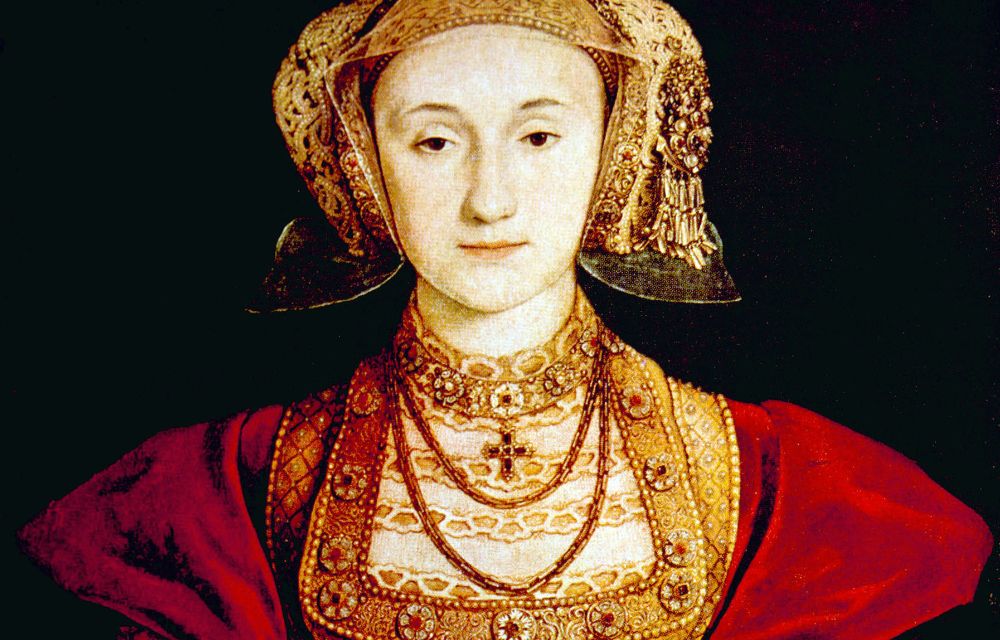
George II
Amongst the Kings of England, George II lies next to his wife Caroline of Ansbach and near Mary, Queen of Scots at the abbey. He was King of Great Britain and Ireland from 1727 until he died in 1760. It was only then that British monarchs were buried at Windsor Castle.
Interesting fact? When George II passed away and got buried at Westminster Abbey, the coffin between Caroline and his was removed to let their remains mingle.
Politicians
Martin Luther King Jr
Born in 1929 in Atlanta, Georgia, Martin Luther King Jr. was an American Baptist minister and social activist. From 1955 until his assassination in 1968, he led a nonviolent campaign for racial justice during the civil rights movement. His contributions to American democracy make him one of our times’ most important figures. A statue of him was unveiled in 1998 and stands above the west entrance to the abbey.
Did you know? King helped bring the passage of the Civil Rights Act of 1964 and the Voting Rights Act of 1965.
William Wilberforce
Born in 1759 in Yorkshire, William Wilberforce was a British politician, philanthropist and strong leader in abolishing slavery. He began his political career in 1780 and later became an independent Member of Parliament for Yorkshire.
Did you know? He fought for more than twenty years to abolish the slave trade, but it took another twenty years for slavery to end for good.
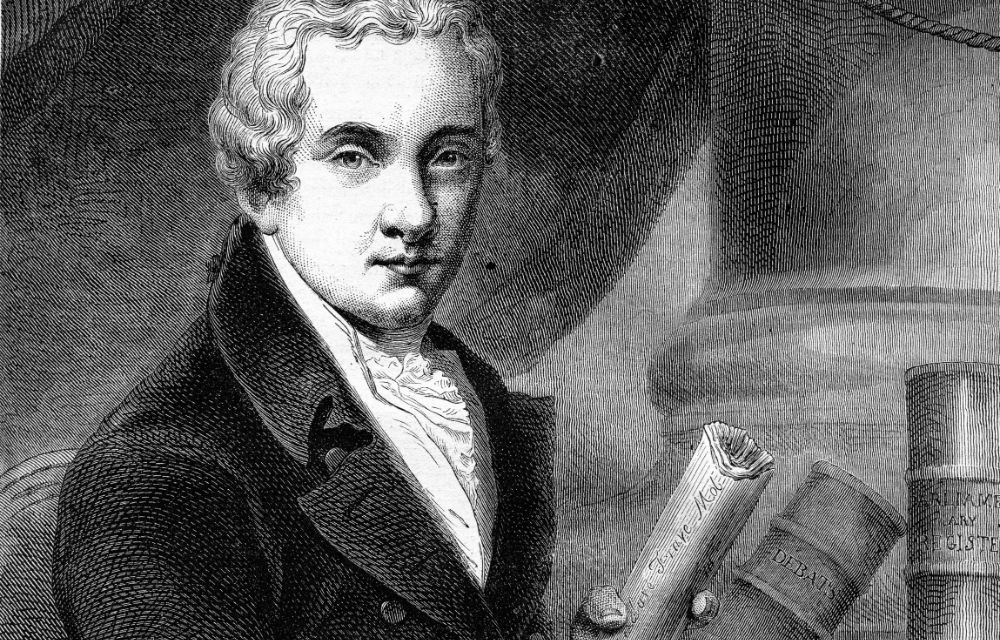
Sir Winston Churchill
Born in 1874, Winston Churchill was a statesman, writer, orator and leader who led Britain to victory in World War II. He was famous for his inspiring speeches and for his stubbornness, even when things were bad. You can actually visit Churchill War Rooms in London and explore the underground network that protected the staff and secrets of the British government.
Did you know? Churchill was elected Prime Minister twice: from 1940 to 1945 before being defeated in the 1945 general election by the Labour leader Clement Attlee; and from 1951 to 1955.
Scientists
Sir Isaac Newton
Born in 1643, Sir Isaac Newton PRS was one of the greatest mathematicians and physicists and surely one of the most influential scientists. He was known for having invented calculus and formulated the theory of universal gravity.
Did you know? Newton died at age 84 – of mercury poisoning – which is very old for the time. In Westminster Abbey, he is resting next to other scientists like Charles Darwin.
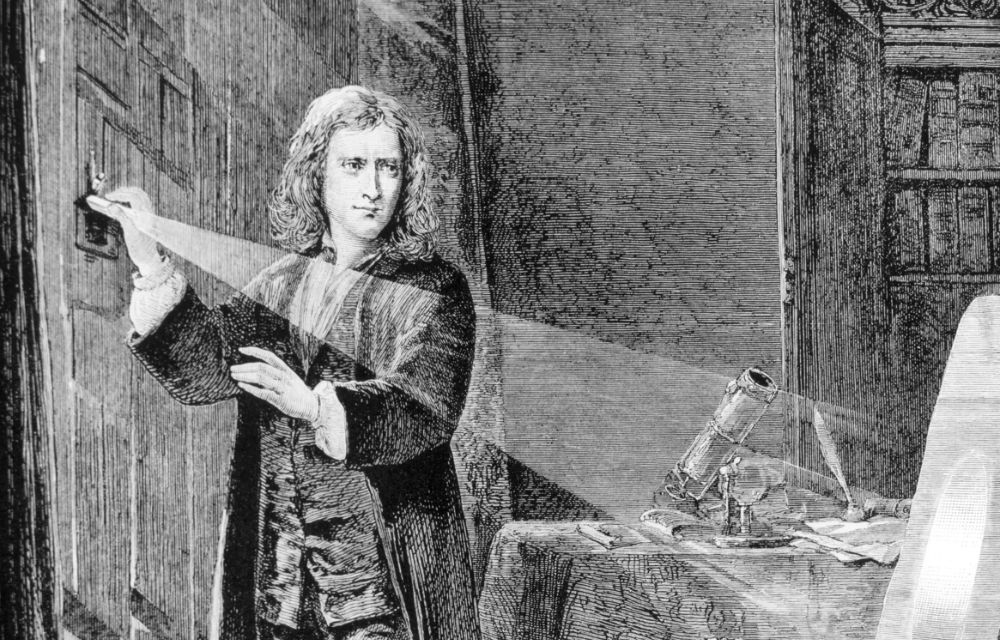
Charles Darwin
Born in 1809, Charles Darwin was known for his theory of evolution and his tremendous work of research around the natural selection. Darwin waited more than 20 years to publish his findings until another scientist published similar works.
Fun fact? He made a pros and cons list as to whether to marry or not marry!
Writers
Jane Austen
Born in 1775, Jane Austen was an English writer who knew cleverly how to treat ordinary people in everyday life. Notable books she published were Sense and Sensibility, Pride and Prejudice, Mansfield Park, and Emma.
Did you know? She wasn’t named as the author of her novels until after her death, as she published most of them anonymously, mostly because she remained single her entire life.
The Brontë sisters, Charlotte, Emily and Anne
Born in Yorkshire in the 19th century, the three sisters began to write stories at an early age and later worked as teachers or governesses. In 1846, they published their first volume of poetry under pseudonyms and then published novels with varying levels of success. Notable books were Agnes Grey, Jane Eyre, The Tenant of Wildfell Hall and Wuthering Heights.
Charles Dickens
Born in 1812 in Portsmouth, Dickens was an English writer and social critic and surely the greatest novelist of the Victorian era, who created some world-famous fictional characters. Popular reads include Oliver Twist, A Christmas Carol, David Copperfield, and even Bleak House, among others.
Interesting fact? At the time of his passing, the public demanded that Westminster Abbey was the only place for the burial of someone of his distinction.

Poets
William Blake
Now let’s move to the poet’s corner of the abbey. Aside from being a painter and an engraver, William Blake was also a poet whose work got only recognised later on in his life. Blake is one of the most influential figures in the history of poetry and one of the greatest artists in Britain. His most famous poems are The Tyger, one of the most popular poems in the English language and Songs of Innocence and Experience.
Did you know? He was deeply influenced by the Romantic Movement with a focus on emotion and intuition and the ideals of the French and American Revolutions can also be seen in his work.
Robert Burns
Born in 1759 and known as the national poet of Scotland, Robert Burns wrote some of the most popular Scottish poems of all time, focusing on universal themes of love and nature. Notable poems were Auld Lang Syne, Address to a Haggis, A Red Red Rose, and many more.
Interesting fact? In Scotland, there are about twenty Burns memorials around the country, from Aberdeen to his final resting place in Dumfries to follow his journey from Ayrshire to Auld Lang Syne.
Musicians
Jenny Lind
Born in 1820 in Sweden, Johanna Maria “Jenny” Lind was a Swedish opera singer, also known as the “Swedish Nightingale”. She was one of the most extraordinary singers of the 19th century, as she performed in soprano roles in opera in Sweden and across Europe, and in 1850 gave a series of concerts in the US.
Did you know? Jenny Lind was 10 when she began performing on stage. Her first significant role was in 1838 for the Royal Swedish Opera.
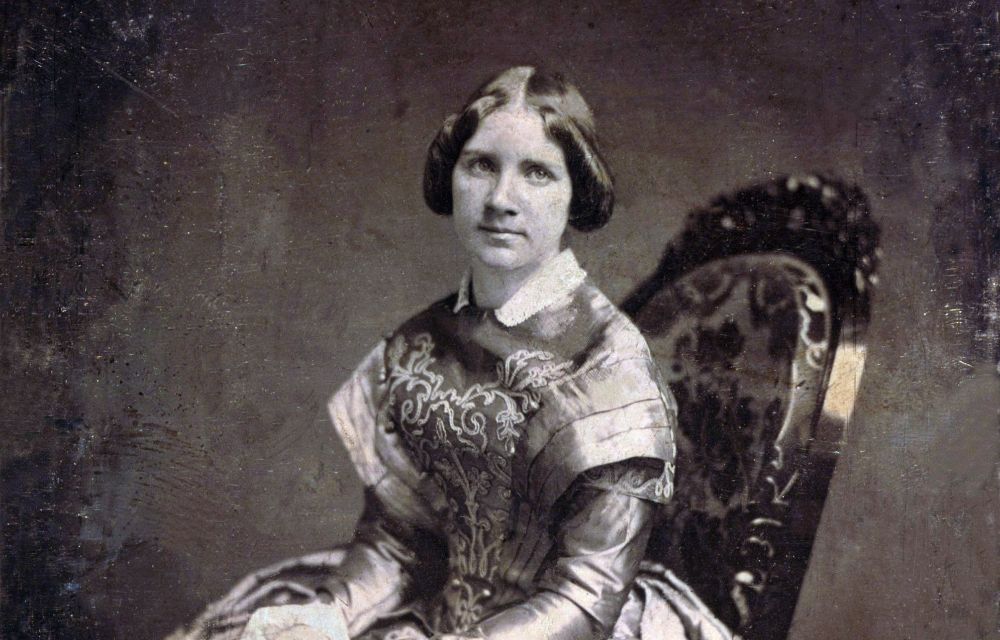
Benjamin Britten
Born in 1913, Edward Britten was a talented English composer, conductor and pianist. He’s best known for his operatic output, including Peter Grimes, Billy Budd and The Turn of the Screw, but also wrote song cycles and a large number of orchestral works.
Interesting fact? He performed his War Requiem in 1962 to mark the consecration of Coventry Cathedral, which was rebuilt following a bombing attack in World War II.
Theatre and cinema
Ben Jonson
Born in 1572, Ben Jonson was a dramatist and poet who created major comedies such as Every Man in His Humour, Volpone, The Silent Woman, or The Alchemist, among others. Ben Jonson was considered the second most important English dramatist, after William Shakespeare.
Fun fact? Jonson is the only person buried in an upright position in Westminster Abbey!
Sir John Gielgud
Born in 1904 in London, John Gielgud was best known for his Shakespearean roles in the theatre, where he first played Hamlet at 26 years old. In 1924 he made his screen debut and won Academy Award for Best Supporting Actor in 1981 for Arthur, and was nominated in 1964 for Becket.
Did you know? In the Harry Potter series, J.K. Rowling based the character of Albus Dumbledore on John Gielgud.
Laurence Olivier
Born in 1907 in Surrey, Laurence Olivier was probably one of the most acclaimed actors of the 20th century. His career-defining performances of Shakespearean roles on stage propelled his career as an actor as well as on-screen in modern classics such as Wuthering Heights and Marathon Man.
Did you know? Knighted in 1947, he became the first actor to receive a peerage in 1970, allowing him to sit in the House of Lords.
We’ve only mentioned a very few of the thousands of well-known British personalities resting at Westminster Abbey.
So, next time you visit London, spare some time for Westminster Abbey to discover all of the extraordinary people buried or commemorated in this gorgeous British landmark. And if you’re in the UK capital this Halloween season, check out our special selection of London Halloween tours.

